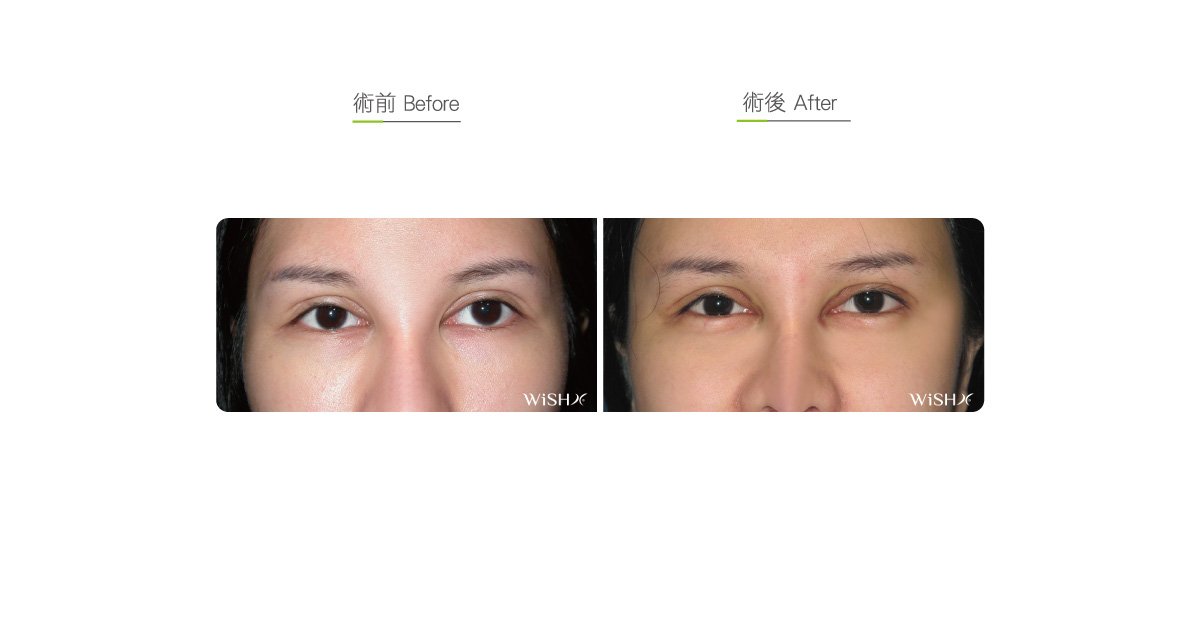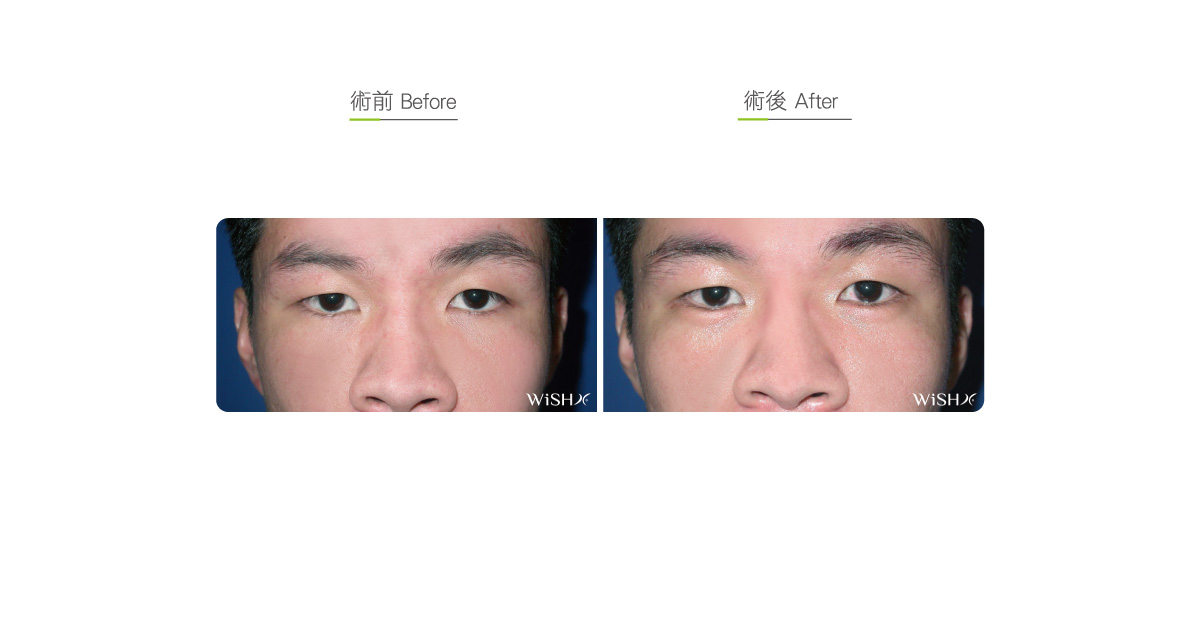Homologous Fascia Implantation (Allograft)
Patients unwilling to undergo autologous dermal fat implantation or who are afraid of scarring of the donor site can choose to use homologous fascia for youthline surgery. At present, the allograft fascia approved for use domestically are all manufactured by American companies recognized by the US Food and Drug Administration (FDA) and are derived from the human fascia of legal organ donors, which have undergone a series of examinations and treatments before being given to patients in need, so there is no doubt about the safety. This procedure is similar to autologous dermal fat implantation and is only different as it does not require an additional incision for the collection of autologous tissues. Dr. Chuang selects appropriate allograft fascia first, then he cuts, folds, and sculpts the fascia into a proper size and shape, before emplacing it into the subcutaneous path via an incision from the inner corner to the outer corner of the lower eyelid; thus, the surgery is shortened and is highly convenient and rapid.
Surgical conditions
Duration
- Type of anesthesia: IV sedation + local anesthesia
- Surgical incision: An aApproximately 0.4-cm incision at the inner and outer corners of the lower eyelid
- Recovery: 5–7 days
- Removal of stitches: 7 days
General instructions
No food and water on the day of surgery
- Avoid smoking, alcohol, and irritating foods for 1 month postoperatively.
- Avoid staying up late for 3 months postoperatively, and ensure better scar care.
Ideal candidates
- Patients unwilling to receive autologous tissue or other prosthesis implantation for youthline formation
- Those who want to reinforce the congenital unobvious youthlines
- Those who expect natural results without obvious changes
- Those who no longer want to receive an injection of hyaluronic acids
- Those who want to modify excess white eyeballs exposed to the lower eyelid or mild lower eyelid ectropion
Potential complications
- Homologous tissue rejection
- Self-absorption of dermal grafts
- Scarring
- Incomplete correction
Surgical advantages
-
The sSurgical process is simpler and faster than autologous dermal fat implantation.
-
The pPostoperative recovery is rapid.
-
It avoids scars at other sites for harvesting autologous tissue.
-
The rResults are as natural as those obtained by autologous dermal fat implantation.
-
Future reversibility is higher than that by autologous dermal fat implantation.
Surgical drawbacks
-
The sSelf-absorption rate is relatively high (approximately 20–30%).
-
There are still some risks of homologous tissue rejection or infection.
-
The sSurgical results may be unable to be customized subject to the size of the fascia purchased.
-
The sSurgical results may be unable to reinforce and enlarge the youthline results like autologous fascia.
-
The texture is slightly harder than that by autologous dermal fat implantation.
-
The sSurgical expenses are relatively high.



